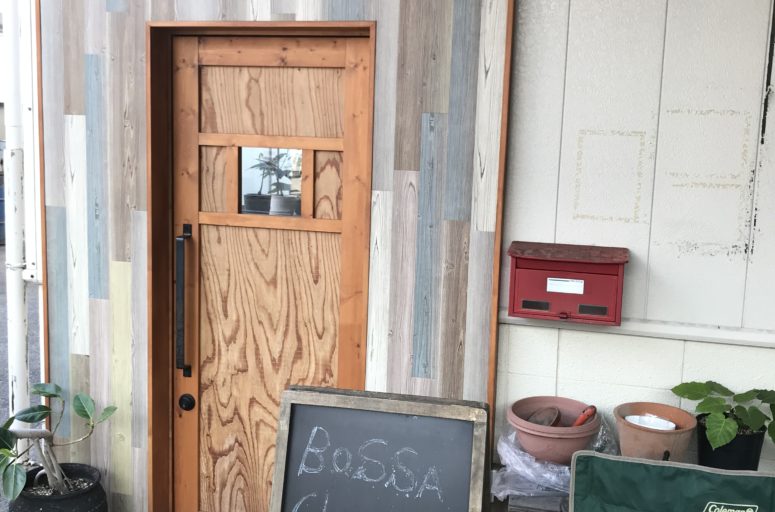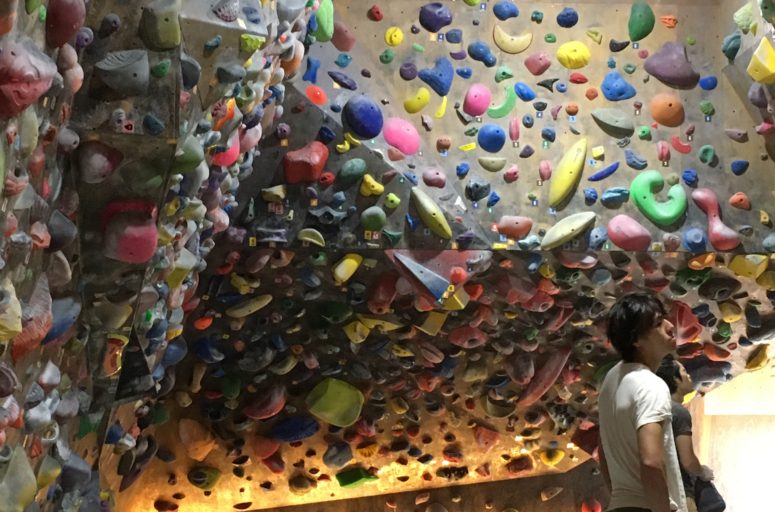Looking to buy a second hand car in Japan? In the land renowned for world class automobile manufacturing, you’ll be able to get some good deals. Here’s my experience trying to navigate all the complexities that come with not being able to speak or write the language while searching for that dream car:
- Use online car selling websites and official car manufacturers second websites
I found that all local second-hand dealers are quite good at updating their presence online as soon as they have new second-hand stock available. If you know what you want, use Google Chrome (and translate) to filter for the car specs that you need (model, KMs, features) and check-in daily to see if any new ones have been added to the list in your area. All car manufacturers also have their own online second-hand sales presence. Often they will update both this and 3rd party websites, but it’s always good to check both.
Here is an example of two websites:
- Goo-net-exchange
- Example of Mazda U-Car official second hand catalogue
- Register your interest with any local dealers in your area
Proximity can be convenient when having to visit dealers, especially if you currently don’t have a car, so find your closest dealers and share with them your model and spec wishes and they’ll be able to scan for new arrivals and notify you first. Official dealerships have nationwide networks and can sometimes procure cars for you from their partner garages in your prefecture (usually for free) and even further afield (at a fee) for you to inspect and test drive. It helps to go visit and try and build up a relationship.
- Get familiar with the pricing structure for second-hand cars
Request a quote for any car you’re interested in. This usually comes in the form of an A3 sheet of paper which contains all the important facts and specs plus a comprehensive breakdown of the price. While each dealership has a slightly different format, pricing usually covers the same few items. Get some sample quotes right from the start, just to study the format and translate the different line items. Some online adverts might already have the quote in PDF format for you to download beforehand. Dealers may try and include things which you might not need or want, so be sure to check each line item. Also note that a car will often have two prices, one without and one with tax, so keep this in mind while browsing.
Here’s an example of the type of costs that will be included:
- Cost of a new Shaken (mandatory) – If the car has no Shaken you will be required to pay for this. This will be done on your behalf by the dealer. The dealer will already have inspected the car before showing it to you and fix a price for the shaken
- Compulsory insurance (mandatory) – All cars require basic compulsory insurance which covers damages to third party persons. This is taken out with each Shaken and valid for two years
- Title change fee (mandatory) – the title of the car owner (previous owner or garage) will need changing to your name
- License plate registration on your behalf (optional) – You are required to register license plates for your new car. This is a service provided by the dealership. You can do this yourself, however you’ll avoid wasting a day and filling out Japanese paperwork
- Garage registration on your behalf (optional) – Every car is required to have a registered parking spot. Registration is done at your local police office, the certificate of which is required to be able to buy a car. While you can do this yourself, this is convenient and you’ll avoid wasting a day and filling out Japanese paperwork. Ensure you have a parking spot beforehand and the documents to prove this (measurement documents of your garage or driveway)
- Disposal / recycling tax (mandatory) – every car owner in Japan must pay the disposal tax upfront before purchasing a car, there’s no way around this one
- Maintenance package (optional) – the dealer may include a regular 6-month check-up until your next Shaken. You could just do this yourself as part of normal car maintenance at a local Auto Bacs
- Dealer or 3rd Party warranty (optional) – Most dealer’s only have a 1-month warranty from date of purchase on the engine and mechanical parts (not electrical). Some will offer to extend this to 1-year or 2-years for an additional fee. Nice to have but not required
- Home delivery (optional) – the dealer will deliver the car to your home once all the paperwork has been completed. Convenient but not required
- Breakdown service (optional) – Some may include a fee for JAF or other breakdown services. A nice to have, but you’ll get this when taking out complimentary car insurance anyway
You’ll probably want the dealer to take care of the name change, license plate registration and parking certificate as the paper work and time is not worth the hassle.
- Know when the car’s next Shaken is due (motor vehicle inspection)
Japan law requires that every car undergo a full motor vehicle inspection every two years (regular Shaken). The only major exception are new cars (only required after 3 years). Each dealer will clearly state whether the car you are viewing still has Shaken remaining or whether the car is Shaken-less. This impacts the price as cars without Shaken will need a full inspection before they can be sold. The cost of the Shaken will be borne by the purchaser and any parts that require fixing will need to be paid by the purchaser as well. This is mandatory and will be included in the price breakdown. While the initial price of the Shaken-less car will look lower, the Shaken fee will be added to this in the quote. In general, buyers prefer cars that have newly issued Shaken, as you can be safe in the knowledge that the car is roadworthy and should have no problems for the next few years. Make sure you request the full maintenance and repair history of the car you are viewing. This usually takes the form of an inspection log-book and should contain all previous Shaken and other regular inspections and clearly state what parts, if any were changed or replaced (air filter, tires, oil inspection, brakes etc.). In general, due to the rigorous nature of Japanese Shaken, most second-hand cars are of very high quality. Combine this with the already excellent manufacturing standards in Japan and you’re unlikely to have many issues.
- The test drive
Provided the car still has a valid Shaken, then you can request a test drive. If not, you’ll only be able to inspect the car and perhaps drive around in the dealership’s parking lot. Check the interior, exterior, lights, brakes, sound system and extra features. Electrical parts are not guaranteed so try and spot any issues before agreeing to a price (e.g. turn up the speaker volume to listen for rattle or static). Some dealers will have highlighted any inner and outer blemishes on their spec sheet, but others may not be as forthcoming. Check the car tire profile, and if tires were changed at any point. Often they will be willing to throw in a new pair of tires if they are worn down. Rule of thumb would say after 40,000KMs you’ll want a new set, and you may be forced to change this at your next Shaken. This is your one opportunity to press for a reduction in price based on the car’s condition, so highlight and blemishes or damages you deem noteworthy. I’ve noticed dealers will be more willing to accommodate additional extras (new tires, a back camera, an ETC installation) and the like more easily rather than reducing overall price.
- The deal and the paperwork
Once you’re happy with the car, agree on a price. From experience, dealers will try and strike a hard bargain, giving at most up to a hundred thousand yen discount if you’re lucky. They may throw in a free service package, extended warranty cover, new tires, or ETC installation to sweeten the deal. Once you’ve come to an agreement, paper work will need to be signed and you may be required to give a small down-payment so that the dealer can secure the car for you and begin the registration process which can take up to two weeks. One key document you will require is an “inkan shomei” or “certificate of seal registration”. To acquire this you will need to create and register your own official seal or “jitsu-in” at your city hall and receive a seal registration card. With this you can apply at said hall for the “inkan shomei”. This can be all done in one hour at your local municipality. Japanese seals or “hanko” can be easily made at “Don Quijote” (Donki) for up to a thousand yen. You will not be able to simply use your signature for the car documents, so ensure you have the hanko ready, or this will delay your purchase. (comprehensive link on creating your own seal)
- Voluntary insurance
As mentioned all cars have compulsory basic insurance, which is factored into the car price and taken out with the Shaken. However, this only covers damages to other people in an accident. In Japan, apart from a few exceptions, fault in an accident is often allocated to all parties, even if the accident was not your fault. As such, you may well want to consider taking out additional voluntary insurance. Your local Autobacs will offer a variety of insurance companies to choose from, unfortunately all documentation is in Japanese. However, claims can be conducted in English with following insurers (Mitsui Sumitomo Insurance, Sompo Japan, Kyoei Fire and Marine), so ask for quotes from these three. Insurance cost is primarily driven by the length of your driving history. As a foreigner, you will be treated as though you have never driven, so premiums will be expensive (between JPY 80,000 to JPY 120,000 per annum). Range of coverage and additional extras will also impact price. (good guide on insurance)
And that’s it. Going through the process can be extremely arduous, however once you’ve got the car and are on the road, the benefits will be more than worthwhile. Japan’s road network is expansive and well maintained (albeit expensive on highways), while driving is relaxed and folks are generally well behaved. You’ll be able to visit places off the beaten track and at your own pace without having to worry about bus and train schedules.
That being said, you’ll have to weigh up the costs that come with a purchase. This includes renting a parking space if you don’t have one (upwards of JPY 10,000 per month), the cost of pricey voluntary auto insurance (JPY 50,000 – JPY 150,000 p.a.), fees for using expressways (e.g. Osaka to Fuji JPY 7,000), exorbitant short term parking fees (e.g. JPY 100 for 30 minutes) as well as regular maintenance and bi-yearly shaken servicing (JPY 80,000 to JPY 120,000).


